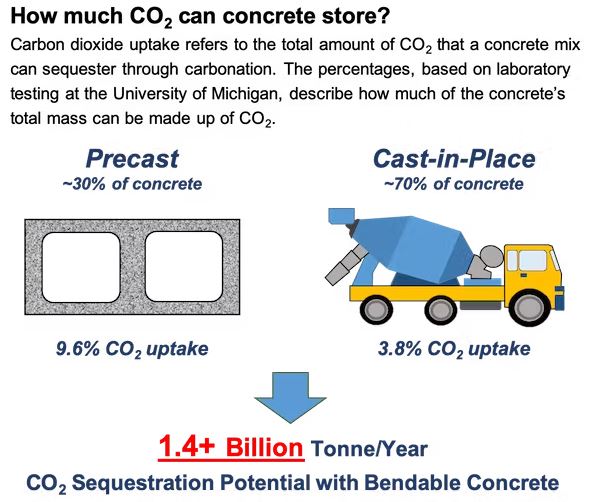7667766266
enquiry@shankarias.in
Bendable concrete and other CO2-infused cement mixes could dramatically cut global emissions.

References